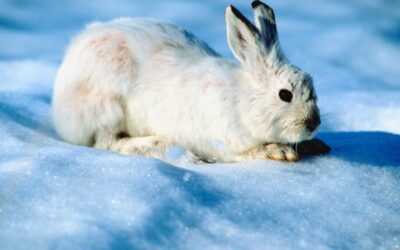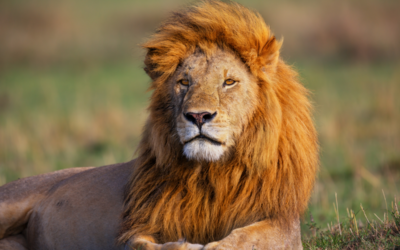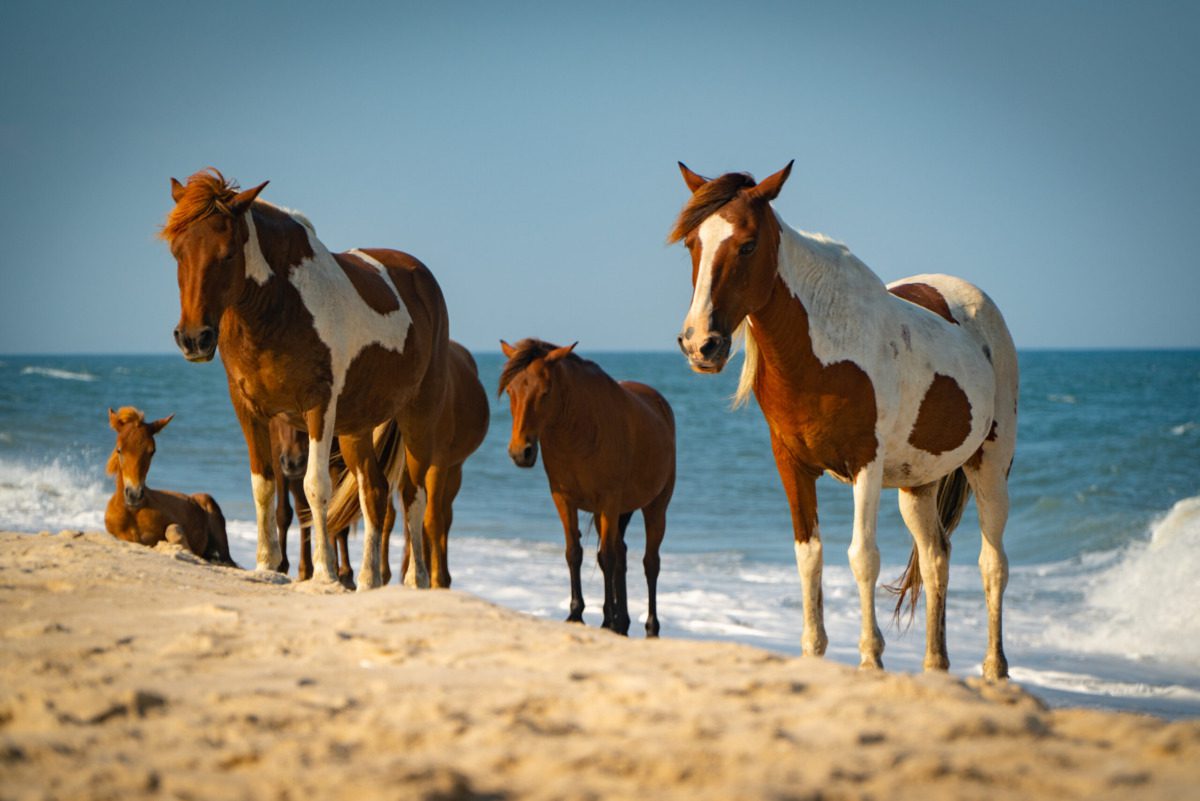
Wild ponies on Assateague Island. (amygofish/Shutterstock)
Learn all about the wild ponies that call Virginia home, including where you can spot them, how they got here, and who owns them.
As a Virginian, you probably know the Old Dominion State is home to a diverse array of wildlife, from black bears and white-tailed deer to sea turtles and bald eagles. But are you aware that there is also a herd of wild ponies that calls Virginia home?
The ponies—called Chincoteague ponies—are believed to have been inhabiting Virginia for hundreds of years, but didn’t become an officially registered breed until 1994. Keep reading to learn all about how the ponies arrived in Virginia, where they roam now, what happens at the annual event that celebrates them, and much more.
1. Their origin is unknown
There are several theories about where the Chincoteague ponies originated from. One theory suggests the ponies are descendants of Spanish horses that were shipwrecked off the Virginia coast on their way to Peru in the 16th century. Another claims they descend from horses that were left behind on the island by pirates.
There isn’t much evidence to support either of these theories, and many people actually believe that the Chincoteague ponies are descendants of horses brought to the island by mainland farmers in the 17th century.
2. They live on an island
Virginia’s Chincoteague ponies have called Assateague Island home for an estimated 300 to 400 years. Only about one-third of the island belongs to Virginia—the northern two-thirds is part of Maryland—and there are actually two herds living on the island, separated by a fence along the Maryland-Virginia state line. Chincoteague ponies live on the Virginia portion of the island, while the other herd that lives on the Maryland side is often referred to as the Assateague horses.

3. They have a unique body composition
The average height of a horse is about 14 to 17 hands, depending on the breed, and anything shorter than 14 hands is considered a pony. Chincoteague ponies, on average, stand between 12 and 13 hands high, which is why they’re called Chincoteague ponies, not Chincoteague horses. The average Chincoteague pony weighs about 850 pounds, while the average adult horse weighs approximately 1,100 pounds.
Chincoteague ponies are stocky and have short legs and large, round bellies. In comparison, regular horses have long, slender legs and a square-shaped torso.

4. They’re owned by a volunteer fire company
The Chincoteague Volunteer Fire Company owns and manages Virginia’s Chincoteague pony herd, which consists of about 150 adult ponies. (The Maryland herd mentioned above is managed by the state’s National Park Service.)
The fire company must control the size of the herd to comply with the special-use permit issued by the U.S. Fish and Wildlife Service, which allows the ponies to graze on the Chincoteague National Wildlife Refuge. To maintain the size of the herd, the fire department auctions off many of the foals at an annual auction every July (we share more details about this event below).
5. There is an annual event dedicated to the ponies
The Chincoteague Pony Swim, hosted by the Chincoteague Volunteer Fire Company, is held annually on the last Wednesday and Thursday of July (2025 marks the 100th anniversary of this event). The event, also sometimes referred to as Pony Penning or Pony Penning Days, features the auction mentioned above and a pony swim, during which the ponies swim across the Assateague Channel to Veteran’s Memorial Park. From there, the ponies are herded by the Saltwater Cowboys to the Chincoteague Carnival Grounds, where the auction takes place.
According to Chincoteague.com, tens of thousands of people attend the pony swim event every year. In addition to the auction and the swim, there is also a carnival featuring rides, games, and food, and a showing of “Misty,” the movie based on the famous book series of the same name (see the next point below for more details).

6. They were made famous by a book series
The “Misty” series, written by Marguerite Henry, a children’s book author who penned almost 60 books about horses and other animals, features four books about the Chincoteague ponies. “Misty of Chincoteague,” “Sea Star: Orphan of Chincoteague,” “Stormy, Misty’s Foal,” and “Misty’s Twilight” each tell a story about a different Chincoteague pony. The series was well-received and introduced the Chincoteague ponies to a large audience of young readers. In 1961, a film based on the first book, titled “Misty,” was released.
7. Their environment is harsh
Assateague Island is known for its beautiful beaches and sandy dunes, and it’s also home to many marshes and wetlands. This isn’t the typical environment for horses, but the Chincoteague ponies have adapted throughout the years and now survive on a diet consisting of dune and marsh grasses. (In comparison, most horses consume a diet of pasture grass and hay.)
There isn’t much shelter on the island, which is subject to extreme weather and intense storms, but the Chincoteague ponies continue to thrive there nonetheless.
8. They drink about twice as much water as other horse breeds
To compensate for the saltiness in the grasses the Chincoteague ponies eat, they have to drink about twice as much water as a normal horse. This increased water intake contributes to bloated or fat-looking bellies many of the ponies have.

Keep your pets safe during Coastal Virginia winters
Learn how to protect your pets from Virginia's unique winter challenges, including local laws, coastal weather risks, and emergency resources....
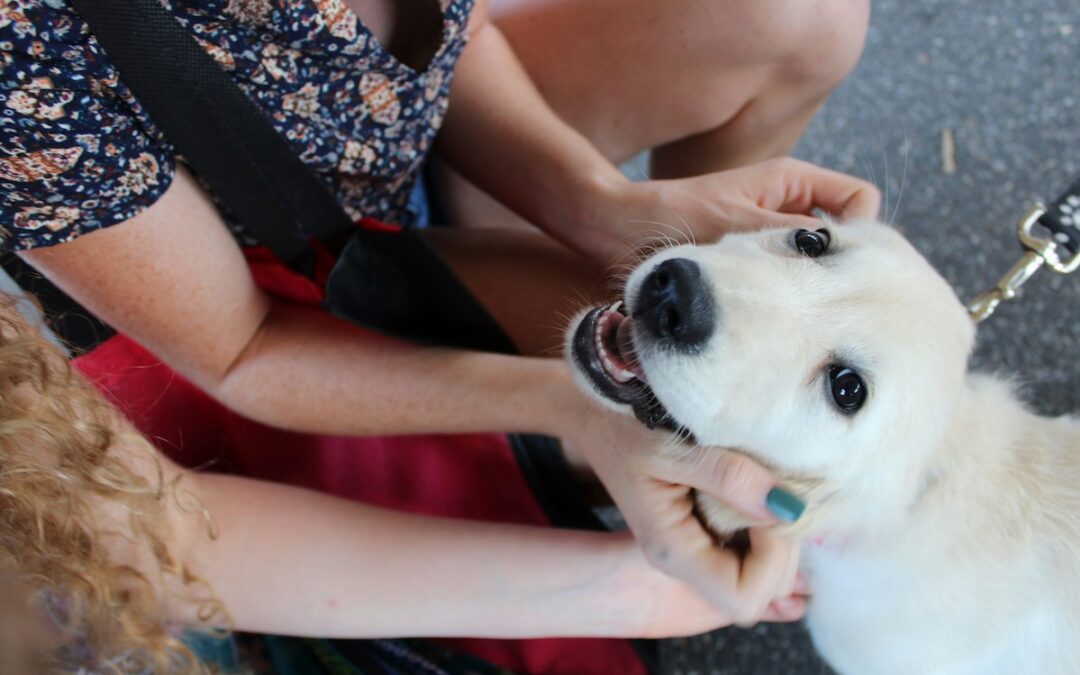
Virginia Puppy Bowl players ranked by Dogwood
It's the most wonderful time of the year: The Puppy Bowl! Forget about the Super Bowl because this is the only sporting event that’s worth a "bark."...
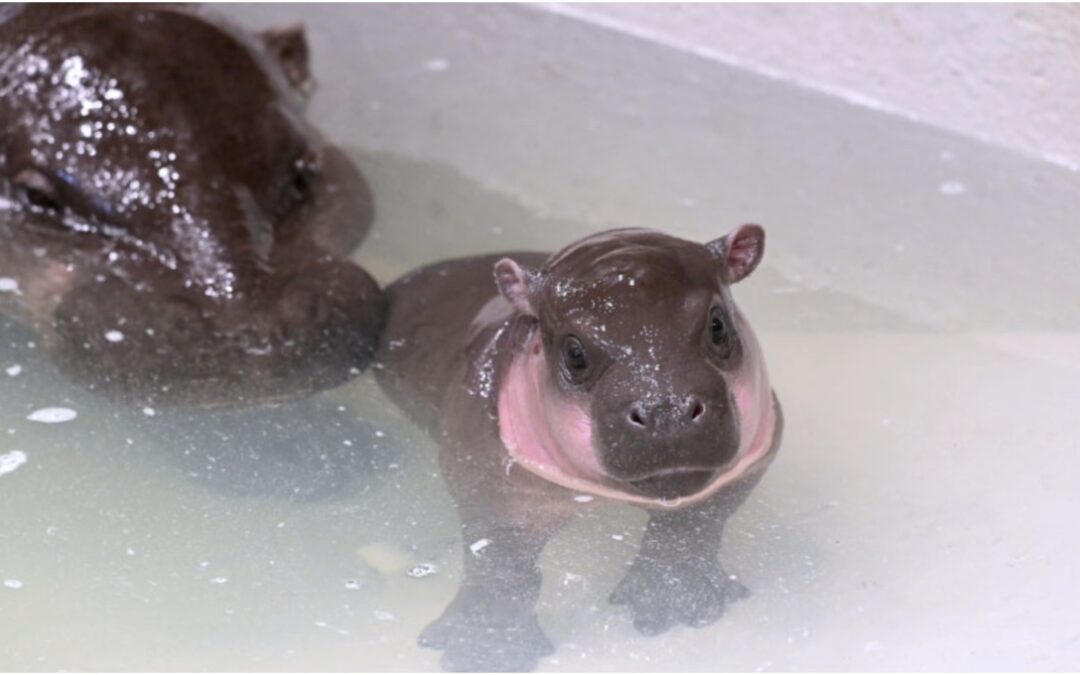
Move over, Moo Deng; there’s a new hippo in town
The Metro Richmond Zoo recently welcomed a new member of the family. Poppy the pygmy hippo was born just before Christmas. Baby pygmy hippos made a...

The 26 best places for pets in Northern Virginia
When it comes to finding the best places and services for pets in Northern Virginia, who better to ask than the people in our community? We recently...

Go Batty: October is Bat Appreciation Month
While Halloween is undoubtedly the biggest jewel in October’s crown, there’s another reason to celebrate it: October is Bat Appreciation Month....

5 pets that are illegal in Virginia (and one that surprisingly isn’t)
Did you know there are pets that are illegal in Virginia? Owning these five wild animals can cause harm to you, them, and the environment. Ever...


